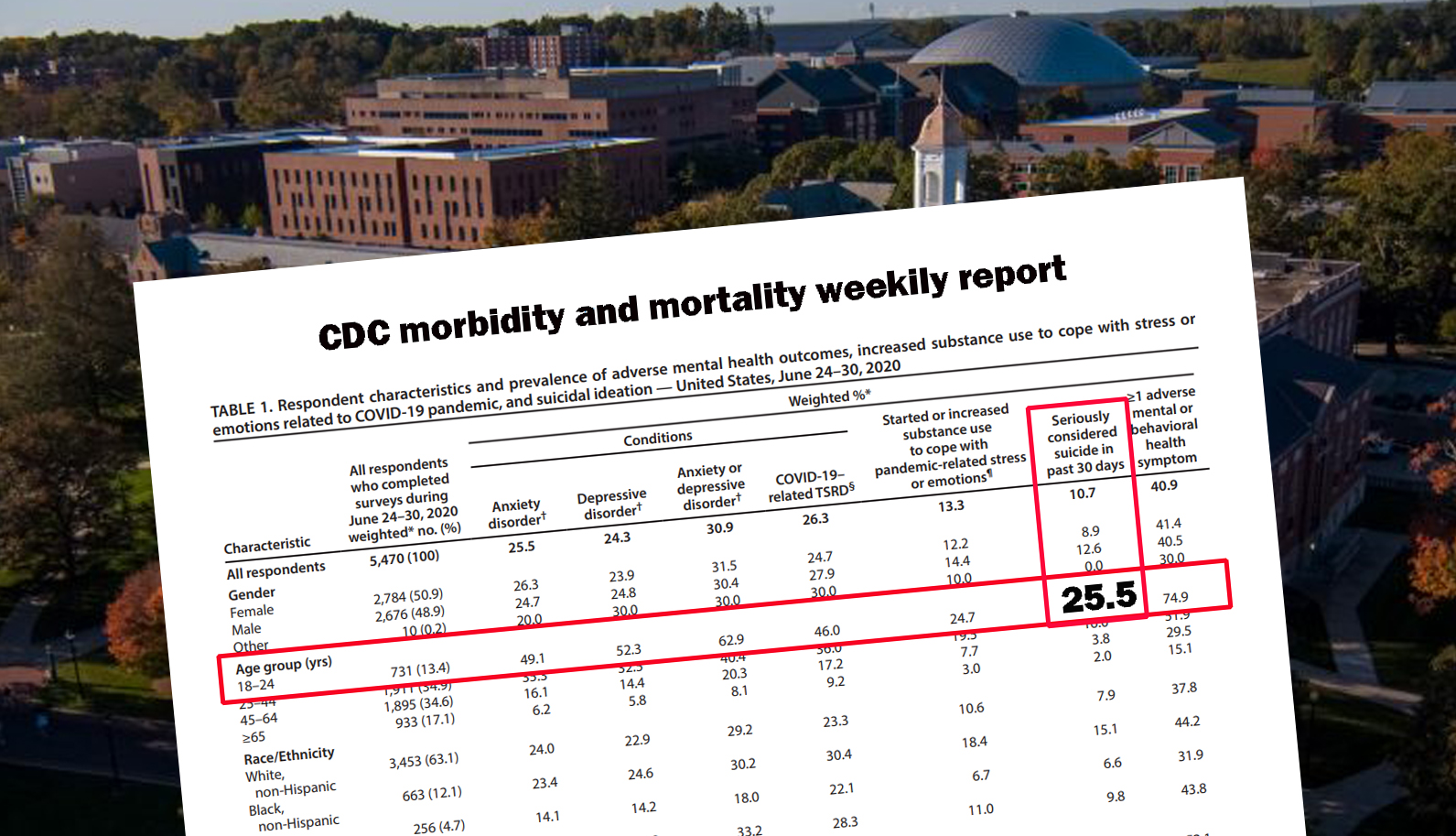[ad_1]
By almost every measure, the impact of the COVID-19 pandemic on working women has been severe. That’s especially true for our colleagues in medicine—physicians, nurses and other front-line staff. These are the health professionals who, we know from research, suffered disproportionately high levels of stress, anxiety and depression as they juggled work and home responsibilities in a dangerous and disruptive new environment.
As we pause to celebrate Women in Medicine Month in September, honoring the tremendous contributions of women in medicine and science across generations, it’s important we better understand what’s driving burnout among women physicians and other health professionals. And, just as important, what steps leaders in organized medicine must take to bring greater work-life integration to the profession—for all people.
A growing body of research from a variety of industries is revealing just how devastating the last two-plus years of the pandemic have been for working women. JAMA Network Open published a study in July that showed physicians who are also mothers suffered greater child care stress because of the disruption caused by COVID-19, stress and anxiety that spilled over into their working environment resulting in higher rates of professional burnout. Not surprisingly, burnout is one of the leading factors in why so many physicians—as many as one in five doctors—said they planned to cut back on their clinical hours in the next year or leave their practices altogether.
Higher odds of burnout for women doctors
Higher odds of burnout for women doctors
Another study that chronicles physician burnout trends, published in Mayo Clinic Proceedings in March, showed that long before the COVID-19 pandemic, women physicians had 27% higher odds of professional burnout compared with our male colleagues, and 37% lower odds of finding a satisfying work-life balance.
Surveys from across industries uncovered similar results for working women in the past two years, all identifying the same common factors that are familiar to anyone working in health care today. At a time when more women than ever before are entering medicine and enrolling in medical school, they’re still asked to shoulder a larger burden of responsibilities at home than men because of a lack of paid leave, increasing caregiving responsibilities, traditional gender roles and other factors commonly cited in studies.
In fact, a McKinsey study from 2021 found that women in health care are twice as likely as men to cite parenthood and increased home responsibilities as factors in burnout and as reasons for missing out on opportunities to advance their careers.
Anyone who has ever tried to grow professionally while also raising young children deeply understands these challenges. There are only so many hours in a day; and as a parent, every minute spent in your professional sphere is one less minute focused on your family. The trade-offs can be painful, even when you have a loving and supportive spouse as I have had.
Our commitment to change
Our commitment to change
The AMA recognizes this and we are committed to helping create a health system that better supports women physicians through practice efficiency, equal pay opportunities, and greater professional flexibility. The AMA Women Physicians Section (AMA-WPS), with more than 100,000 members, provides a forum for professional networking and mentoring opportunities to open pathways for women physicians and aspiring physicians to become leaders in medicine.
The AMA-WPS also strongly advocates within our AMA House of Delegates for policies and initiatives that provide women with the resources and opportunities to advance professionally with minimal disruption at home.
One such resolution written by the AMA-WPS and introduced to the House at the 2022 AMA Annual Meeting in Chicago specifically addressed maternal discrimination in health care and called for broader support for flexible family leave. As the JAMA Network Open article noted, institutions that offer working women child care opportunities have been shown to significantly decrease child care stress and boost professional satisfaction—a result that all of us should be striving to achieve.
Tools for efficiency, flexibility
While we advocate greater working flexibility, the AMA also creates numerous tools and resources, such as our STEPS Forward® toolkits, that aim to help physicians increase teamwork and workflow efficiency so that they have more time for their personal lives.
Because half of our workdays are spent on EHRs and other desk work, the AMA’s online resources include a helpful guide on “taming the EHR” to help us rein in the seemingly endless administrative tasks on our plates. Here too there are gender imbalances to consider, as women physicians are shown to spend more “pajama time”—that is, work after hours at night and on weekends—completing administrative work tasks than their male counterparts.
Similarly, many of our other initiatives, such as our De-Implementation Checklist (PDF), Debunking Regulatory Myths initiative, our Joy in Medicine Health System Recognition Program, as well as our EHR audit log data research are designed to reduce common pain points and help change the care environment so that physicians can dedicate more time to their families.
We also offer a number of engaging podcasts and webinars in our STEPS Forward Academy dedicated these topics, and have made reducing professional burnout a core component of our AMA Recovery Plan for America’s Physicians.
It’s impossible to talk about the challenges of the last two years without acknowledging the especially heavy burdens placed on our women colleagues in medicine. They deserve more than our respect this month. They deserve our best efforts to fix the working environment that has placed so much on their shoulders.
[ad_2]
Source link


